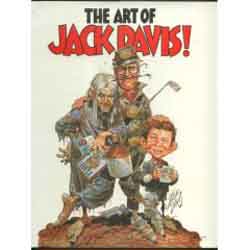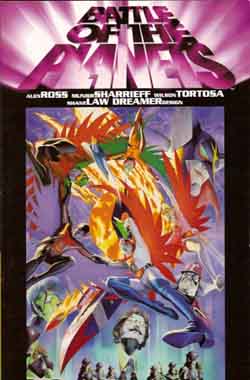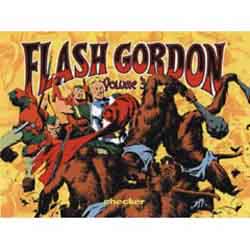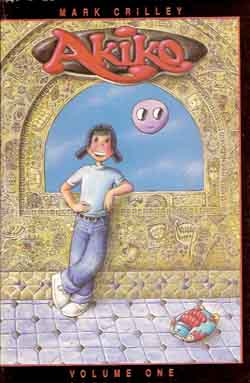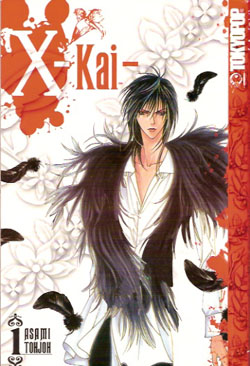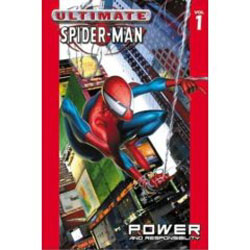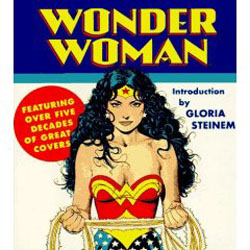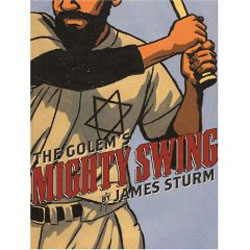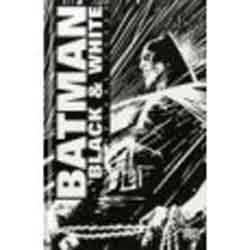
By various (DC Comics)
ISBN 10: 1-4012-1531-9 ISBN 13: 978-1-4012-1531-6
This third and final collection of short Batman adventures free of the hindrance of colour, despite being in many ways the weakest of the trilogy, is still a wonderfully varied and effective package showing the versatility of the character and the mercurial way in which creators as much as audiences respond to him.
Collecting the monochrome back-ups from issues #17-49 of the anthology Bat-title Gotham Knights, the thirty-three mini-epics here display just how far both art and story can go in terms of experimentation and entertainment. With so much material on offer detailed analysis is too space consuming for this forum, so a list of contributing creators must suffice, but I will call your attention to a few extra-special gems.
Amongst the pages art lovers should especially seek out are Aaron Weisenfeld’s ‘A Moment in the Light’, scripted by Joe Kelly, ‘The Call’, written by Mark Schultz, drawn in the classical manner by Claudio Castellini, and the largely pantomimic ‘The Bottom Line’ written by Michael Golden and illustrated by Jason Pearson.
The main body of work is the result of canny craftsmanship from the distinguished individuals listed below, and although I’d love to cover them all I will give a special mention to Mick McMahon and Dave Gibbons for bringing a slice of 2000AD style and bad taste to the mix with ‘Fat City’, Will Pfeifer and Brent Anderson’s charming ‘Urban Renewal’, ‘Sunrise’ from Alex Garland and Sean Phillips, and the startlingly punchy ‘Cornered’ by Brian Azzarello and Jim Mahfood.
Without doubt the three most rewarding pieces are ‘Day and Nite in Black and White’ by Mike Carlin, Dan DeCarlo and Terry Austin, ‘Last Call at McSurley’s’ by Mike W. Barr, Alan Davis and Mark Farmer, and the wonderful ‘Here be Monsters’ by Paul Grist and Darwyn Cooke, all distinctly true to the nature of the Caped Crusader, and each utterly unique unto themselves.
So without any intended slight to Christian Alamy, Doug Alexander, Mark Askwith, Chris Bachalo, Hilary Barta, John Bolton, Philip Bond, Ed Brubaker, Mike Carey, Tommy Castillo, Eric Cherry, Denys Cowan, Todd Dezago, Danielle Dwyer, John Floyd, Nathan Fox, Dick Giordano, Rob Haynes, Geoff Johns, Michael William Kaluta, Paul Kupperberg, , Steve Mannion, Dwayne McDuffie, Don McGregor, Mike Mignola, Scott Morse, Troy Nixey, Anne Nocenti, John Ostrander, Scott Peterson, Whilce Portacio, John Proctor, Rodney Ramos, Dan Raspler, Sal Regla, Robert Rodi, Julius Schwartz, Ryan Sook, Karl Story, Kimo Temperance, Jill Thompson, Cyrus Voris, John Watkiss, Mike Wieringo, Judd Winnick, Bill Wray and Danijel Zezelj, I’ll close with a heartfelt recommendation to complete your set of Batman: Black & White volumes.
They’re great, they’re satisfyingly varied and they’re a sure and certain message to publishers that there is still a market for short stories and anthology books.
© 2001, 2002, 2003, 2004, 2007 DC Comics. All Rights Reserved
